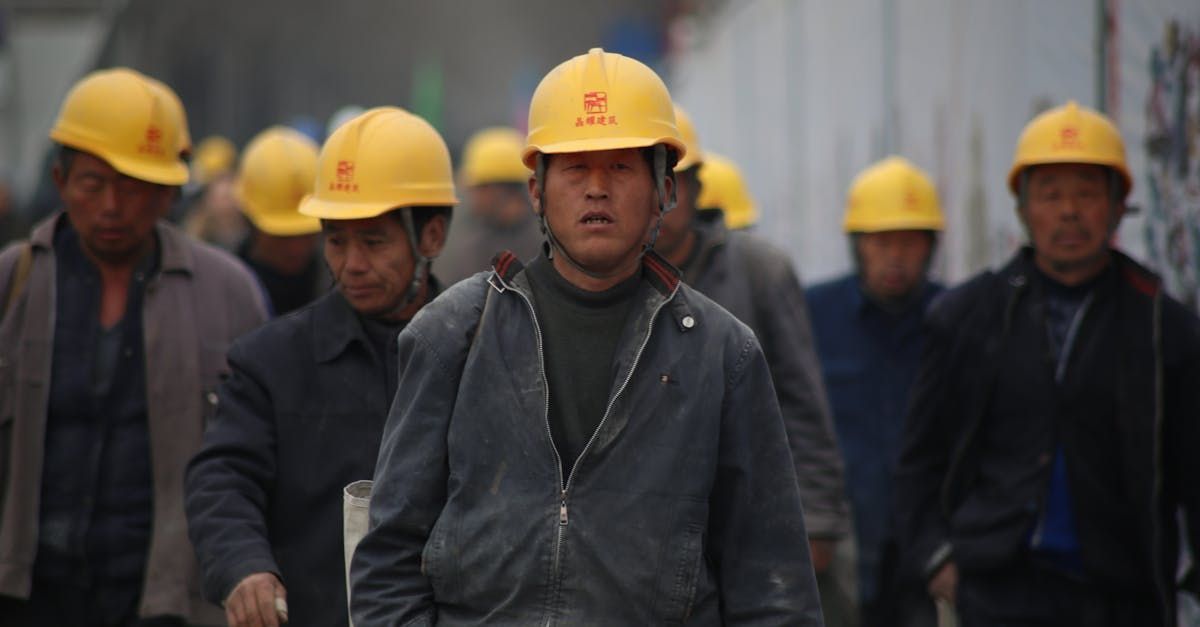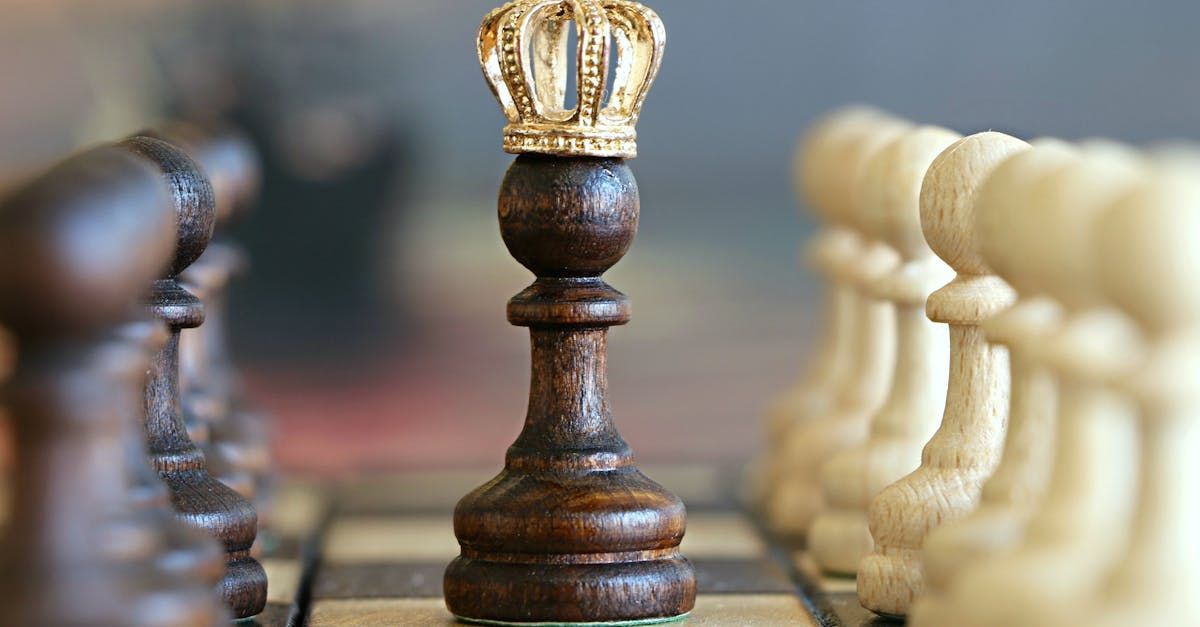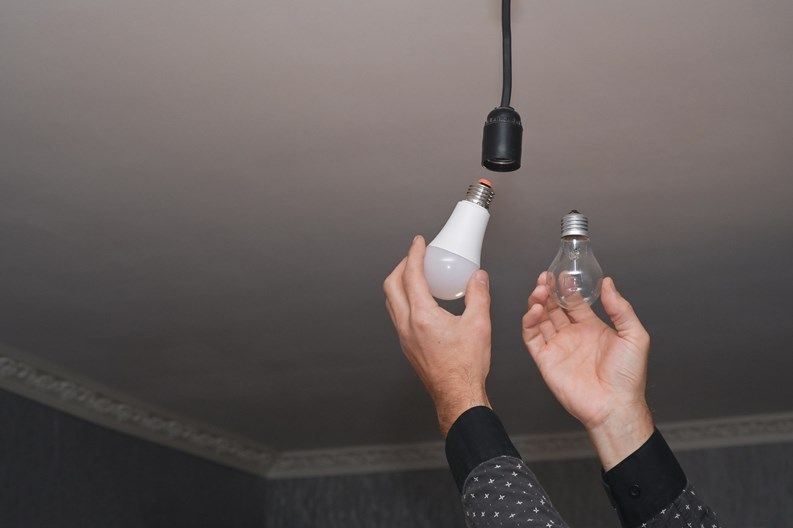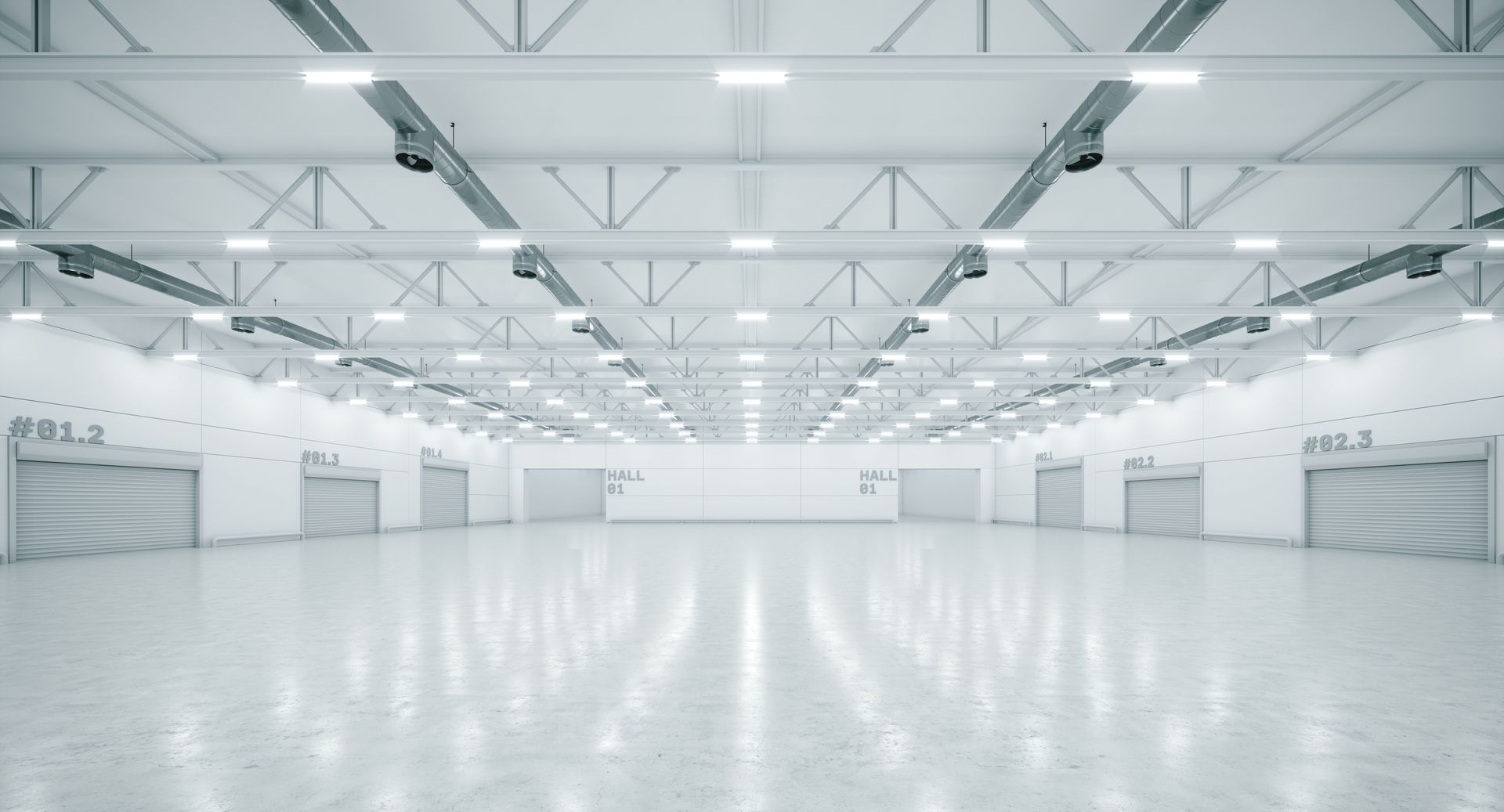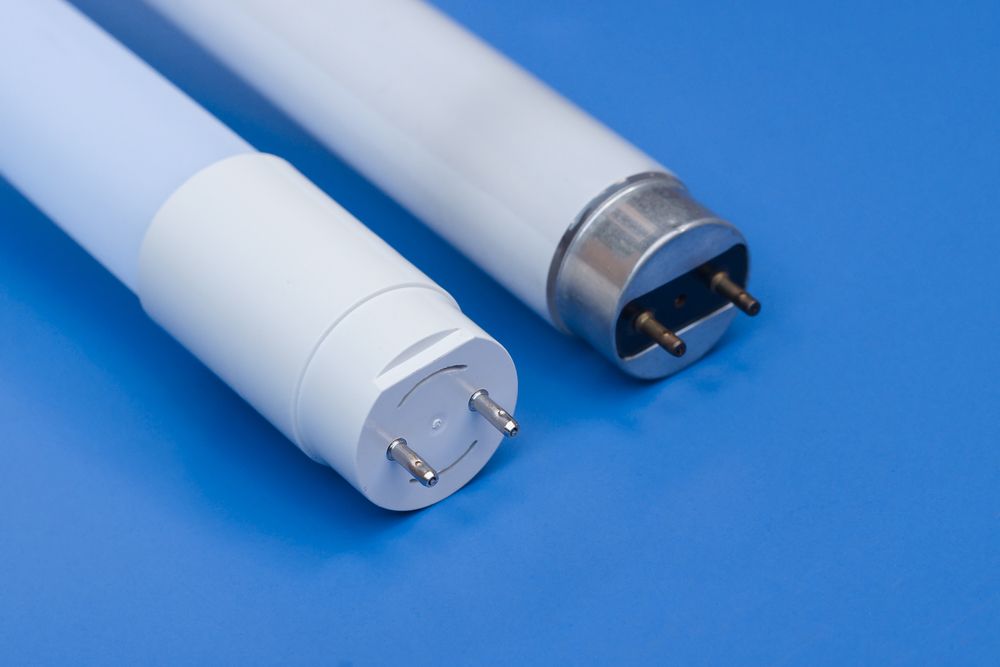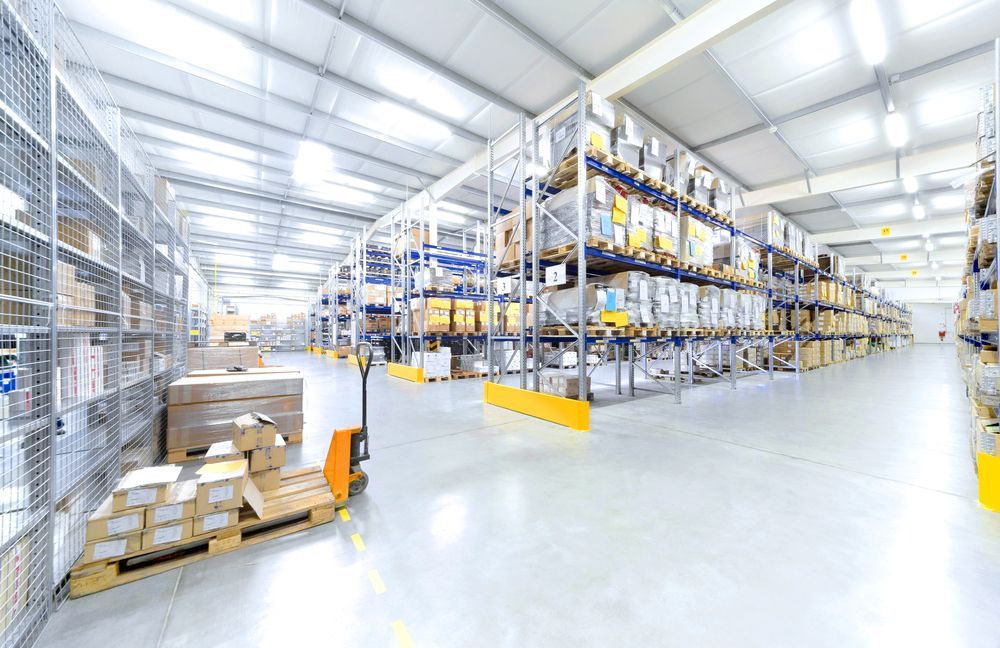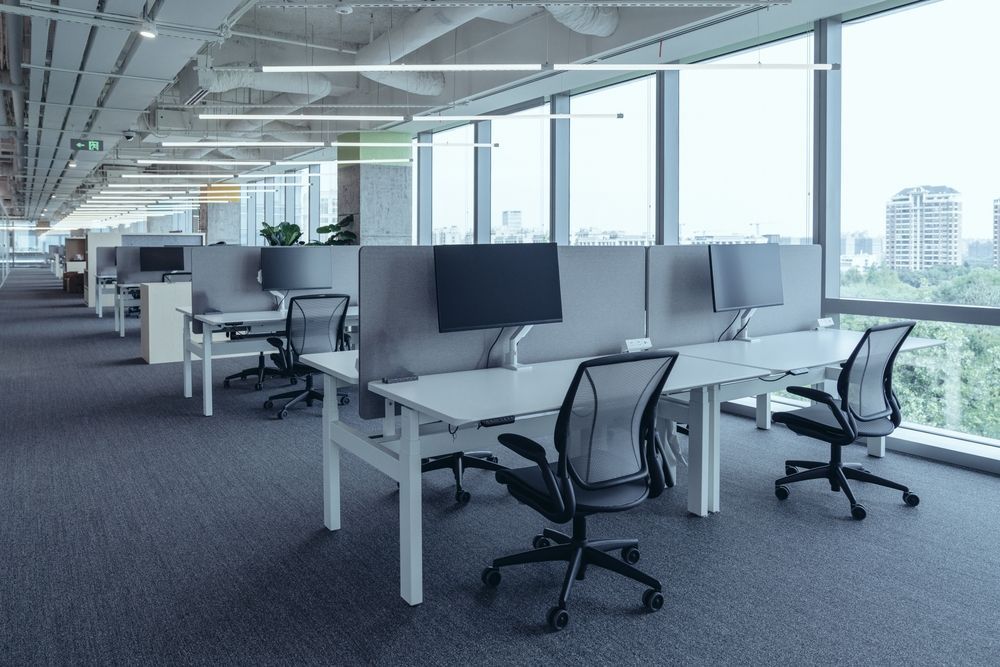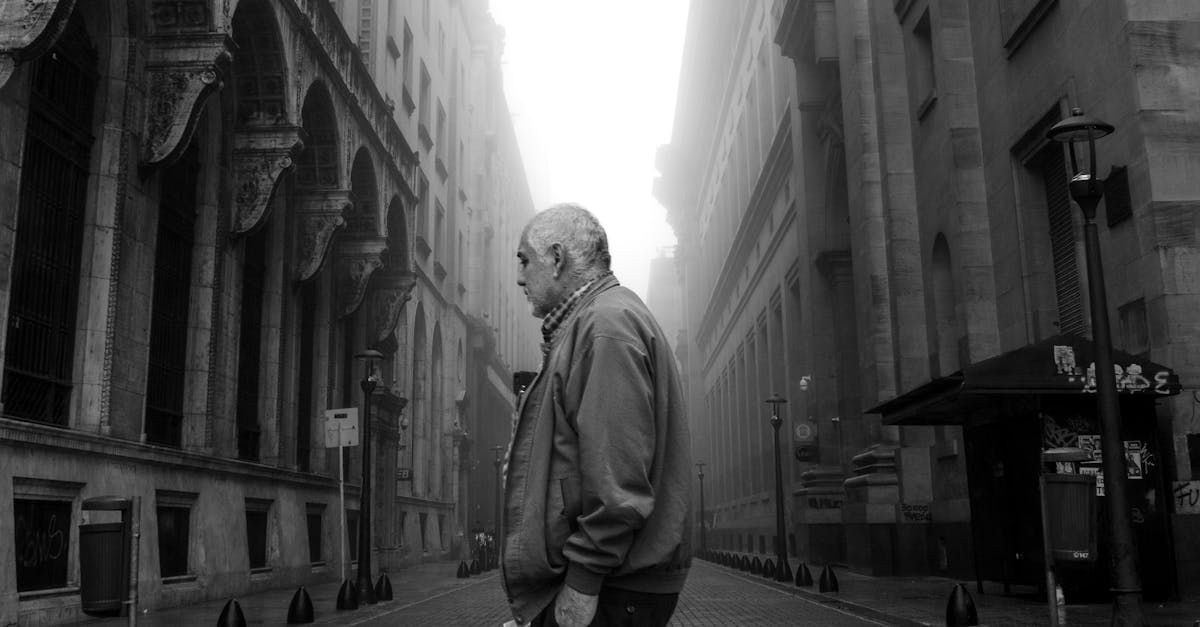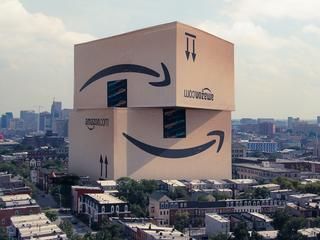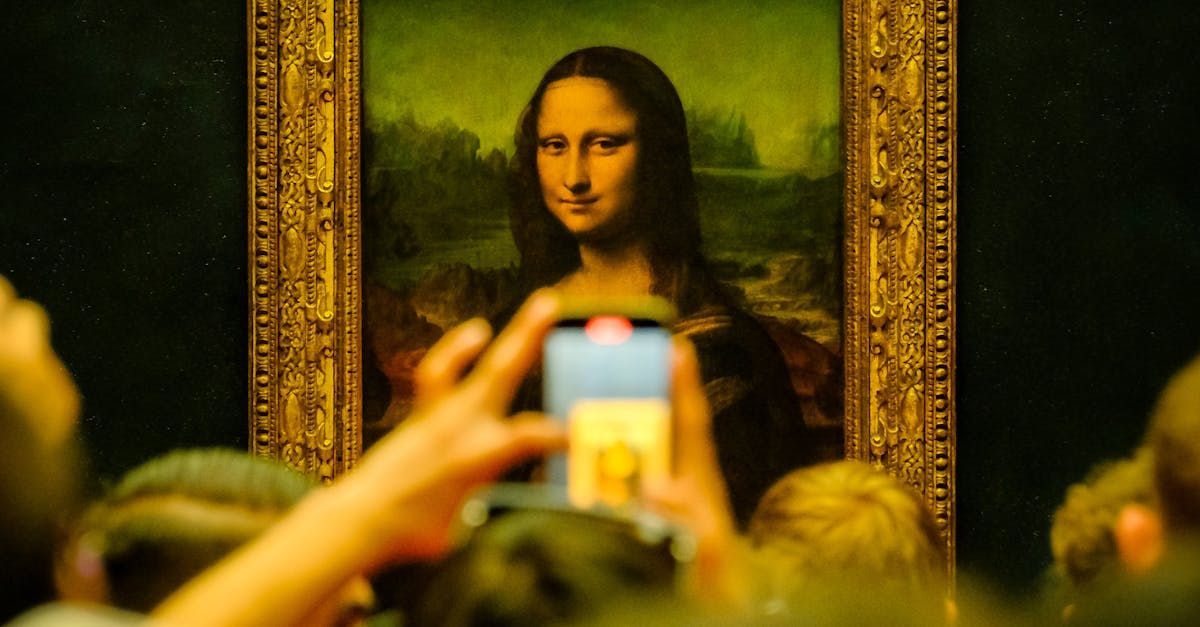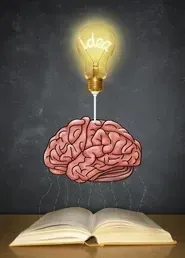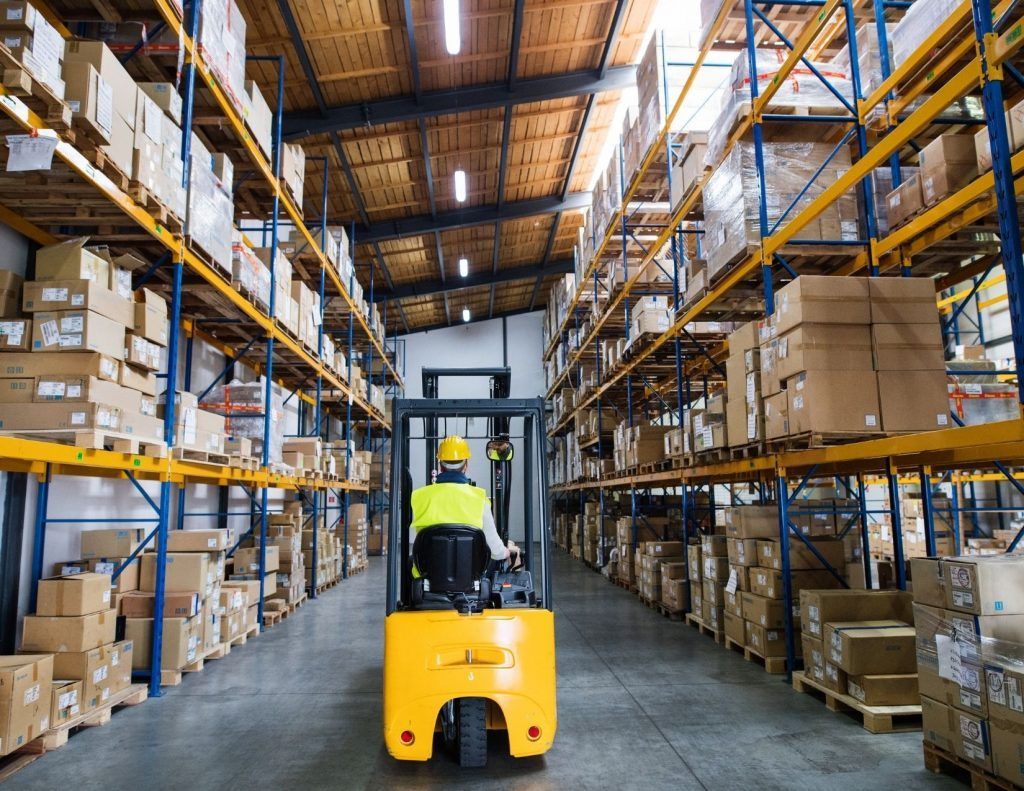
Thermal Management is the ability to control the temperature of a system technology based on thermodynamics and heat transfer. This is the most critical component in a lighting LED product. While most people think that heat doesn’t matter with LED products (because they have touched an LED light bulb and realized it doesn’t get hot), nothing can be further from the truth. Heat is the biggest enemy with LED systems.
Traditional lighting thrives in heat. From halogen to incandescent to metal halide, these technologies do better when they are hotter. LED is the opposite. If an LED product gets too hot, the LED diode (the small yellow dot you see on LED products where light comes out of, will die.
So how do you deal with heat when designing your LED solution?
Heat Sink
Usually, there is some type of heat sink (a device or substance for absorbing excessive or unwanted heat) that is made out of aluminum. The concept is that the heat sink will transfer some of the heat away from the LED diodes and into the air.
-
Extrusion vs. Die Cast
One thing we look for is a heat sink that is extruded vs. die cast. Extrusion is a process used to create objects of a fixed cross-sectional profile. A material is pushed or pulled through a die of the desired cross-section. Die Cast is formed by pouring molten metal into a reusable mold. Extruded Aluminum provides 20-30% greater thermal conductivity than die cast aluminum. Wow big difference, right? Why wouldn’t all manufacturers extrude their aluminum? Quite simply, it costs more to manufacture. The better products use extruded aluminum.
-
Anodized vs. Powder Coating
Anodizing is an electrolytic passivation process used to increase the thickness of the natural oxide layer on the surface of metal parts. Powder coating is the process of covering an object with a polyester or epoxy powder, which is then heated to fuse into a protective layer. Anodizing the heat sink yields 100X greater thermal conductivity than powder coating! That’s right, 100 times. So why do most manufacturers powder coat their heat sinks? You guessed it, money. It cost much more money to anodize vs. powder coat.
-
Surface Area & Geometry
It’s pretty easy to imagine that the larger the heat sink the more the ability to transfer heat away from the LED source. The best manufacturers will use heat sinks that are significantly larger than their competitors.
The actual geometry of a heat sink is also important. Each heat sink fin needs to have a thinning cross-section because hot seeks cold and heat energy strives to exchange. More air = cooler.
As you can see, all heat sinks are not created equal.
Ventilation
If you have a good heat sink and the heat is being transferred away from the LED source, what needs to happen next? Ideally, there would be a way for heat to completely escape the fixture through ventilation. It is amazing that most manufacturers seal their fixtures airtight. There is literally no way for heat to escape completely. They do this because it is cheaper to manufacture. Even though there are ways of waterproofing a fixture and have proper ventilation, they cost more! A good manufacturer will have air slot ventilation cut into the aluminum cabinet of the fixture to allow air to come and go freely.
Power Supply
Another big source of heat is the power supply. Most manufactures put the power supply on top of the heat sink in order to keep the fixture small and compact. By doing this ensures that all the heat coming from the heat sink will transfer directly to the power supply. Power supply failures are the #1 cause of LED fixtures going dark. A good manufacturer will put the power supply next to the heat sink and they will raise it off of the shell so air can flow around on all 6 sides.
Spacing of LED’s
Finally, the spacing of the LED Diodes is very important. Since so much power is coming into the LED and the result is 30% light/ 70% heat (by the way, a traditional bulb has 5% light to 95% heat), in an ideal world a manufacturer would space out the LED Diodes on the board so there are more thermal pathways for heat to escape . If you put lots of LED diodes clustered together, you are creating a massive amount of heat in a small area. Not good for longevity!
Thermal management is such an important aspect of LED lighting that you must know what to look for and how to compare products. It is not easy to do this type of research for every product you are looking at. That is why you need to partner with qualified companies who understand this issue and have the experience to help you navigate the market.
